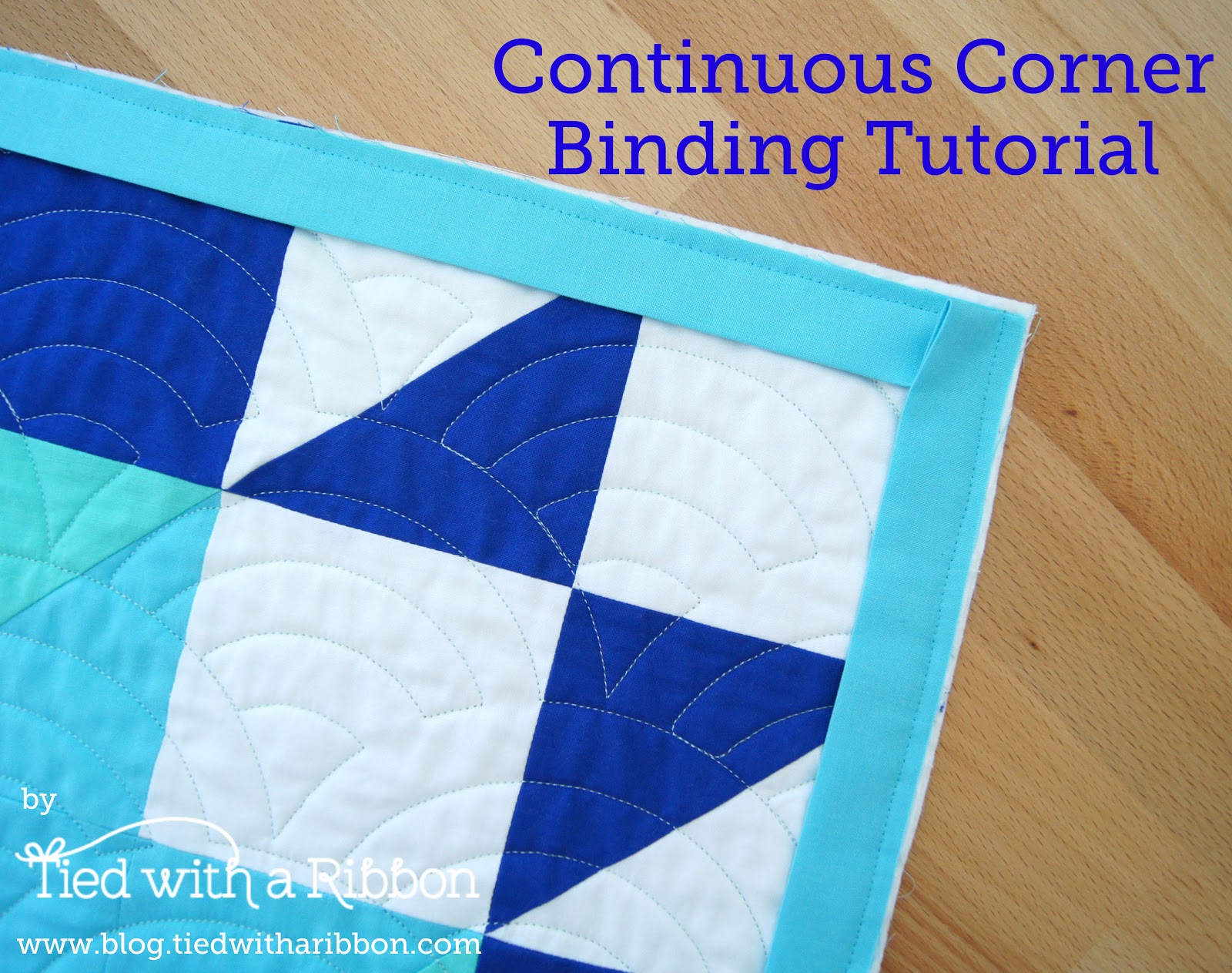Binding corners quilt techniques are essential for any quilting enthusiast looking to elevate their craft. Whether you’re a beginner or an experienced quilter, understanding the nuances of binding corners can transform the finish of your quilt from ordinary to extraordinary. A well-executed binding not only enhances the aesthetic appeal but also ensures the durability of your quilt, allowing it to be cherished for generations. The art of binding corners quilt is not just about functionality; it’s about creating a statement piece that reflects your personality and creativity. In this guide, we will explore various methods, tips, and tricks to help you master this crucial aspect of quilting.
As you embark on this quilting journey, you’ll find that binding corners quilt techniques can vary significantly depending on your project and personal preferences. From traditional methods to innovative approaches, the possibilities are endless. By the end of this article, you’ll feel confident in your ability to tackle binding corners with ease and precision.
Let’s dive into the world of binding corners quilt, where we’ll uncover the secrets to achieving perfect corners, choosing the right materials, and exploring different styles. Are you ready to elevate your quilting game? Let’s get started!
What Are Binding Corners in Quilting?
Binding corners quilt refers to the technique used to finish the edges of a quilt. The binding serves several purposes, including protecting the raw edges, adding a decorative touch, and providing a polished look. Properly executed binding corners are crucial for achieving a neat and professional finish. This technique can vary based on the desired final appearance and the complexity of the quilt design.
Why Is Binding Important in Quilting?
The importance of binding in quilting cannot be overstated. Here are a few key reasons:
- Protection: Binding protects the edges of your quilt from fraying and wear.
- Aesthetic Appeal: It adds a finishing touch, enhancing the overall look of your quilt.
- Durability: A well-done binding ensures that your quilt will withstand the test of time.
- Personalization: Choosing different fabrics for binding allows for unique expression.
How Do You Choose the Right Fabric for Binding Corners Quilt?
Selecting the appropriate fabric for your binding corners quilt is vital for both functionality and aesthetics. Consider these factors when making your choice:
- Color: Choose a color that complements or contrasts well with your quilt top.
- Fabric Weight: Ensure that the fabric weight is similar to the quilt top to avoid puckering.
- Print vs. Solid: Decide whether a solid or patterned fabric will work best for your design.
What Techniques Can Be Used for Binding Corners Quilt?
There are several techniques quilters can use to achieve binding corners. Here are some popular methods:
- Bias Binding: Cut fabric on the bias to create a flexible binding that curves easily around corners.
- Straight Binding: Use straight-cut fabric for a more structured binding.
- Double Fold Binding: This technique involves folding the fabric twice for added durability.
- Flanged Binding: Incorporate a contrasting strip of fabric for a unique look.
How Do You Prepare Your Quilt for Binding Corners?
Before you begin binding your quilt, it’s essential to prepare it properly. Follow these steps:
- Trim any excess batting and backing fabric to ensure clean edges.
- Press the quilt top to remove any wrinkles.
- Measure the perimeter of your quilt to determine the length of binding needed.
- Cut your binding strips, typically 2.5 inches wide, and piece them together as necessary.
What Are the Steps to Bind Corners Quilt?
Binding corners quilt involves a series of steps to ensure a professional finish. Here’s a simple guide:
- Attach the binding to the quilt's edge, aligning raw edges.
- Sew the binding in place using a ¼-inch seam allowance.
- When you reach a corner, stop sewing ¼ inch from the edge.
- Pivot the quilt, fold the binding over the corner, and continue sewing.
- Repeat for all corners and finish sewing the binding around the quilt.
- Fold the binding over to the back of the quilt and hand stitch or machine sew in place.
What Common Mistakes Should You Avoid When Binding Corners Quilt?
Even seasoned quilters can make mistakes when it comes to binding corners. Here are some common pitfalls to avoid:
- Inadequate Preparation: Failing to trim and press your quilt can lead to uneven binding.
- Incorrect Measurements: Always double-check your measurements to ensure enough binding fabric.
- Rushing the Process: Take your time to achieve clean seams and neat corners.
- Skipping the Pressing: Pressing your binding helps it lay flat for a better finish.
How Can You Personalize Your Binding Corners Quilt?
Personalizing your binding corners quilt can add a unique touch. Here are some ideas:
- Fabric Choice: Use fabric that reflects your style or matches the theme of your quilt.
- Decorative Stitches: Experiment with decorative stitches along the binding for added flair.
- Embellishments: Add buttons, embroidery, or lace to enhance your quilt's binding.
Conclusion: Why Binding Corners Quilt is Essential for Every Quilter?
In conclusion, mastering the binding corners quilt technique is crucial for any quilter looking to perfect their craft. By understanding the importance of binding, selecting the right materials, and avoiding common mistakes, you can create quilts that are not only beautiful but also durable. Personalizing your binding can further enhance your creations, allowing you to express your style and creativity. So, gather your materials, follow the steps outlined in this guide, and embark on your journey to mastering binding corners quilt!
Article Recommendations
- Macbook Keyboard Shortcuts To Flip Screen
- Eric Slovin Net Worth
- How Old Is Robert Carlyle
- Sons Of Noah
- Heart Attack Vs Cardiac Arrest
- Lyrics To Rolling Stones
- John Travolta Net Worth
- John Bennett Perry
- Ben Harper
- Saxon Musk
Also Read


